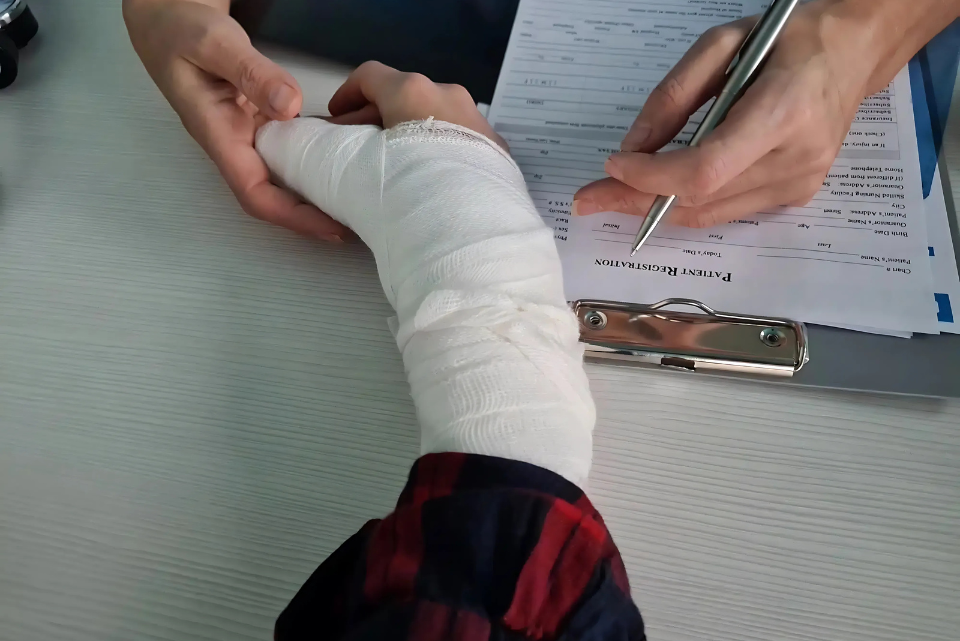Understanding the Personal Injury Legal Process in New York: A Step-by-Step Guide for Accident Victims
If you’ve been injured in a car accident, slip and fall, product malfunction, or workplace incident in New York, it’s crucial to understand what happens after you hire a personal injury attorney. Many people aren’t familiar with how the legal process works and may feel overwhelmed. This guide breaks down the 10 major stages of a typical personal injury case—explained in plain English—so you know what to expect every step of the way.
Step 1: The Investigation Phase
Once you contact a personal injury lawyer, your case begins with an investigation. This includes:
- Gathering details about what happened
- Identifying who was at fault
- Reviewing the accident scene
- Collecting witness statements
- Examining your medical records
Your attorney will also begin building a timeline of events and understanding the extent of your injuries. In New York, this phase is often referred to as “pre-suit,” meaning no lawsuit has been filed yet.
Step 2: The Demand Phase
Once your treatment is complete—or a clear future treatment plan is in place—your attorney will send a demand letter to the insurance company of the at-fault party. This letter outlines:
- Who was responsible for the injury
- Your injuries and medical costs
- Lost wages and other damages
- A request for a specific settlement amount
This is often the last private step before a case goes public. Many professionals in New York, such as doctors or public figures, prefer a confidential resolution at this stage.
Step 3: Filing the Lawsuit
If no settlement is reached during the demand phase, your attorney will formally file a complaint with the appropriate court—usually in the New York county where the incident occurred. This begins the official litigation process and becomes part of the public record.
The defendant (the person or business you’re suing) must be served legal papers. In New York, this can be done in person, at a business location, or through the New York Department of State if it’s a company.
Step 4: Discovery – Part 1
After the defendant files an answer (usually denying responsibility), the discovery process begins. Each side exchanges documents and evidence, including:
- Photos
- Accident reports
- Insurance information
- Witness names
- Medical records (past and present)
The defense may also request access to older medical records to argue that your injuries may not be related to the recent accident. While frustrating, this is standard in New York litigation.
Step 5: Depositions
This is where each side gets to ask questions under oath. You’ll likely be deposed by the opposing attorney, and your lawyer will prepare you in advance. Topics include:
- How the accident happened
- Your injuries
- The impact on your daily life
Though it’s not a trial, a deposition is serious and conducted under oath. Being honest and prepared is key.
Step 6: Discovery – Part 2 (Late Discovery)
After depositions, attorneys may follow up with more document requests based on what was said. The defense might schedule an Independent Medical Examination (IME) with a doctor of their choosing to evaluate your condition.
This is also a common point where both parties may start seriously discussing settlement.
Step 7: Pre-Trial Preparation
If settlement still hasn’t occurred, the case moves toward trial. Both sides begin preparing:
- Organizing exhibits
- Contacting witnesses
- Scheduling medical experts to testify
Even though most personal injury cases in New York don’t go to trial, lawyers treat every case as if it will—this helps position you for the best outcome.
Step 8: Trial
At trial, both parties present their case before a jury:
- You share your story
- Witnesses testify
- Medical experts present evidence
The jury will decide whether the defendant is legally responsible and, if so, how much compensation you deserve. Trials in New York usually last a few days to two weeks.
Step 9: Settlement
Settlements can happen at any time—even the day before trial or during it. A resolution may be reached:
- Through direct negotiation
- In mediation (a neutral third party helps both sides)
- During a settlement conference with a judge
Your attorney will negotiate to get you the best outcome without the uncertainty of a jury trial.
Step 10: Case Closeout
Once a settlement is reached or a verdict is delivered, the case begins closing out. This includes:
- Finalizing paperwork
- Paying any medical liens
- Disbursing the settlement funds
If the case is dismissed or appealed, that’s also handled at this stage. Once everything is finalized, your case is officially closed.
How Long Will My Case Take in New York?
The timeline varies. Some cases settle in as little as 6 months, while others (especially those that go to trial) can take 18–24 months. Factors include:
- Severity of injuries
- Willingness of the insurance company to negotiate
- Court schedules in your local New York county
Have Questions? We’re Here to Help.
If you’ve been injured and want to understand your rights, don’t hesitate to reach out for a free consultation. Legal help after an accident in New York shouldn’t be confusing or intimidating. Our goal is to guide you with clarity and compassion—every step of the way.


